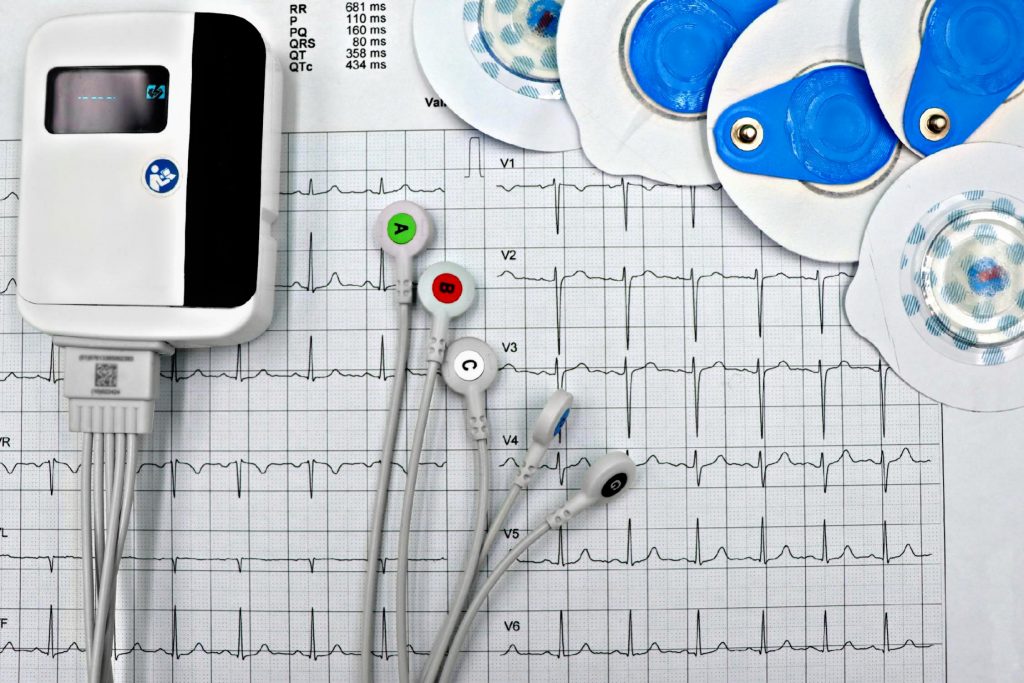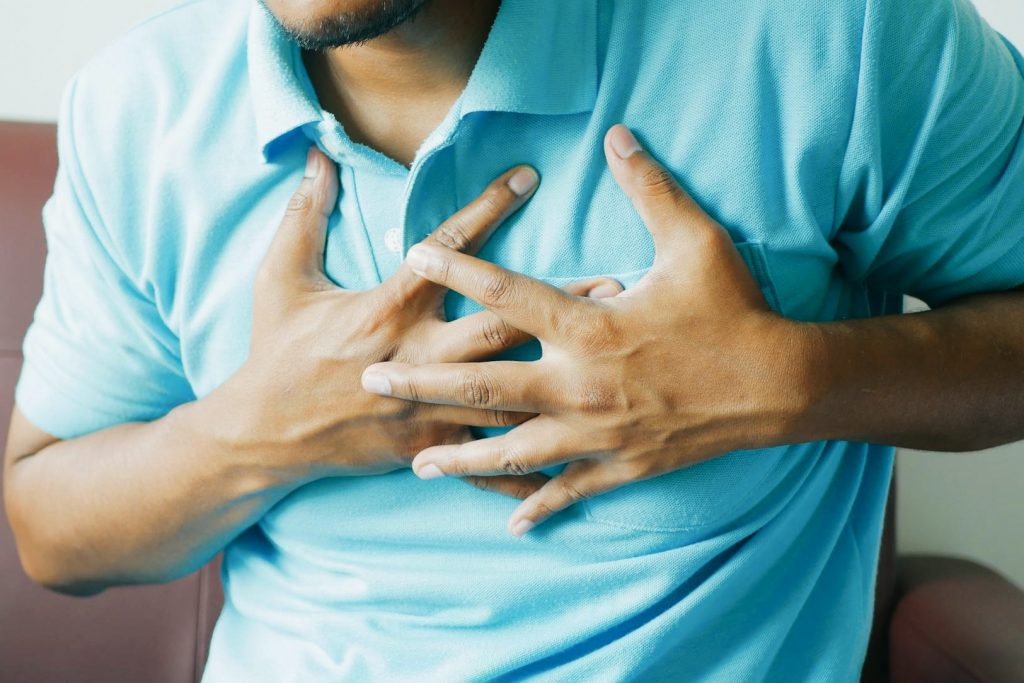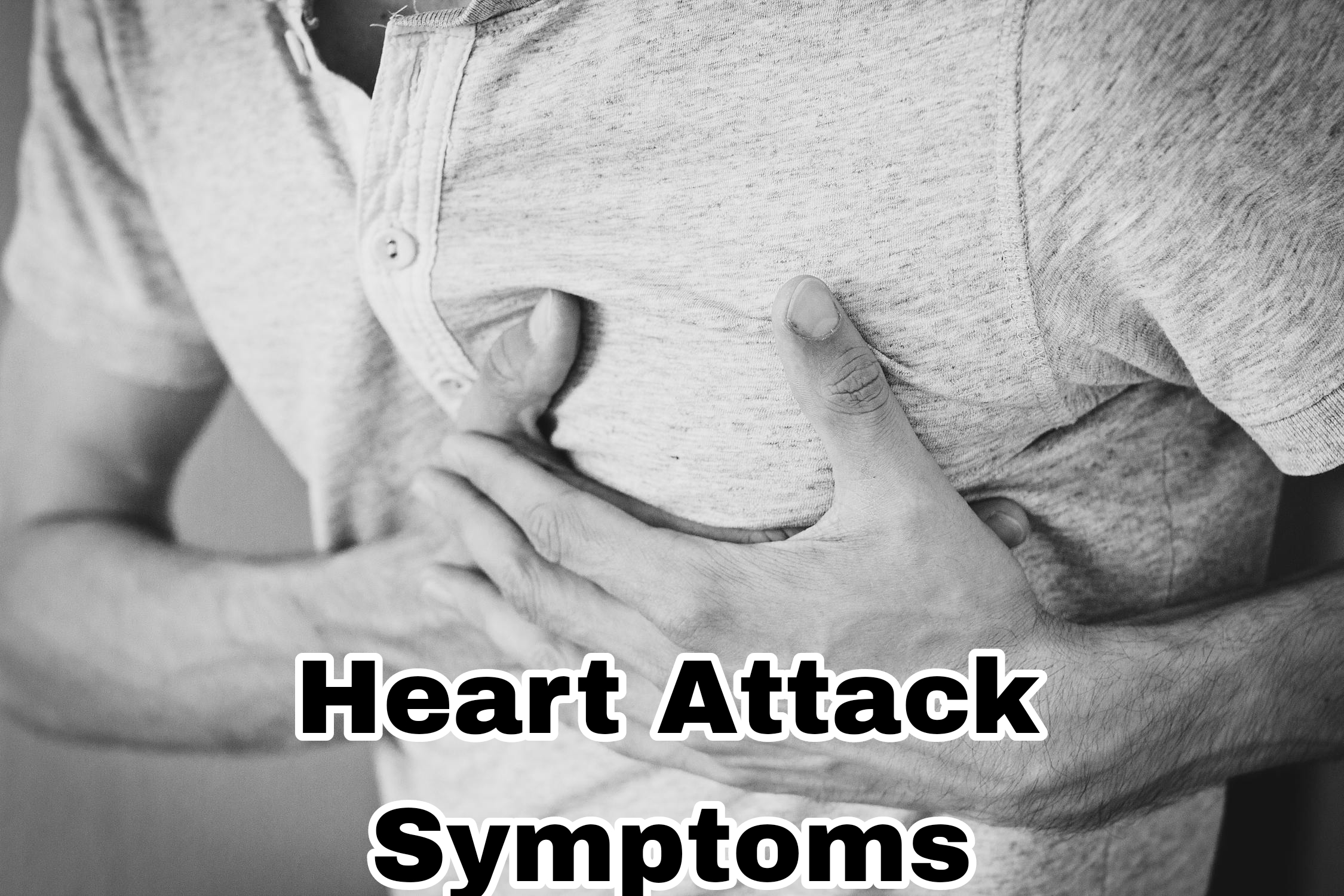A heart attack, medically known as a myocardial infarction, is a life-threatening condition that occurs when the blood flow to a part of the heart muscle is severely reduced or completely blocked. This blockage, often caused by a buildup of fat, cholesterol, or other substances in the coronary arteries, can lead to irreversible damage to the heart muscle if not treated promptly. Recognizing heart attack symptoms is critical, as early detection and immediate medical attention can significantly improve outcomes and save lives.
In this comprehensive guide, we will explore the most common, subtle, and lesser-known symptoms of a heart attack, emphasizing the importance of awareness and timely intervention.
What is a Heart Attack?
Before diving into the symptoms, it’s essential to understand what happens during a heart attack. The heart, a muscular organ, pumps oxygen-rich blood to the rest of the body. The coronary arteries supply the heart muscle itself with blood. When these arteries become blocked due to atherosclerosis (plaque buildup) or a sudden rupture leading to a blood clot, the heart muscle is deprived of oxygen and nutrients.
Without prompt medical intervention, the affected heart tissue can die, leading to permanent damage, complications, or even death.
Why Early Detection is Crucial
Heart attacks are a leading cause of death worldwide, but many fatalities can be prevented with early recognition and treatment. Knowing the heart attack symptoms empowers individuals to act swiftly, reducing the risk of severe damage or death. Unfortunately, symptoms vary widely between individuals, and they are often mistaken for less serious conditions, especially in women and older adults.
Common Heart Attack Symptoms

- Chest Pain or Discomfort
The hallmark symptom of a heart attack is chest pain or discomfort, often described as:- Pressure
- Squeezing
- Fullness
- A burning sensation
- Shortness of Breath
Difficulty breathing, especially when accompanied by chest pain, is another common symptom. This can occur during activity or at rest and may be mistaken for fatigue or anxiety. - Pain in Other Parts of the Body
A heart attack doesn’t only affect the chest. The pain or discomfort may radiate to:- The arms (commonly the left arm)
- Neck
- Jaw
- Back
- Shoulders
- Nausea or Vomiting
Many people, especially women, experience nausea, vomiting, or a feeling of indigestion during a heart attack. This is often mistaken for food poisoning or a stomach issue. - Sweating
Excessive sweating, or diaphoresis, is another common symptom. Unlike sweating from heat or exercise, this is a cold, clammy sweat often accompanied by a sense of dread or fear.
Subtle and Lesser-Known Heart Attack Symptoms
While the classic symptoms of a heart attack are well-known, others are more subtle and can easily be overlooked.
- Unusual Fatigue
Feeling unusually tired or weak, even without physical exertion, can be a warning sign, especially in women. This fatigue can persist for days or weeks before a heart attack. - Lightheadedness or Dizziness
A sudden feeling of dizziness or lightheadedness may signal reduced blood flow to the brain, often linked to a heart attack. - Heartburn or Acid Reflux-Like Symptoms
Some individuals mistake the discomfort of a heart attack for indigestion, heartburn, or acid reflux. The key difference is that heartburn-like symptoms from a heart attack are often persistent and not relieved by antacids. - Throat or Jaw Pain
While jaw pain is more commonly associated with dental issues, it can also be a sign of a heart attack, particularly if it occurs alongside other symptoms. - Palpitations or Irregular Heartbeat
A sensation of the heart racing, fluttering, or skipping beats may indicate underlying heart issues and should not be ignored, especially if accompanied by chest discomfort. - A Sense of Impending Doom
Many individuals experiencing a heart attack report a sudden, overwhelming sense of anxiety or dread. This can be a physiological response to the body’s distress.
Heart Attack Symptoms in Women

Heart attack symptoms can differ between men and women, with women more likely to experience subtle or atypical signs.
- Less Obvious Chest Pain: Women often describe their chest discomfort as sharp, fleeting, or mild.
- More Frequent Non-Chest Symptoms: Women are more likely to report nausea, shortness of breath, back or jaw pain, and fatigue.
- Symptoms During Rest: Women frequently experience symptoms during rest or sleep rather than during physical activity.
These differences contribute to delays in seeking medical attention, emphasizing the importance of awareness tailored to gender-specific presentations.
Heart Attack Symptoms in Older Adults
Older adults often exhibit atypical symptoms that are less dramatic but equally serious.
- Mild or absent chest pain
- Shortness of breath
- Unexplained confusion or fainting
- General weakness
These symptoms are sometimes dismissed as aging-related changes, which can delay life-saving treatment.
Silent Heart Attacks
A silent heart attack occurs with few or no noticeable symptoms. These attacks are more common in people with diabetes, as nerve damage from the condition can mask pain. Silent heart attacks may be discovered later during routine tests or when complications arise.
What to Do if You Suspect a Heart Attack

If you or someone else experiences heart attack symptoms, act immediately:
- Call Emergency Services
Do not delay. Medical professionals can begin treatment en route to the hospital. - Chew Aspirin (if not allergic)
Aspirin can help dissolve blood clots and improve blood flow. Chew a single adult aspirin (325 mg) or four baby aspirins (81 mg each). - Stay Calm and Rest
Avoid physical exertion and try to remain calm while waiting for emergency help. - Use Nitroglycerin (if prescribed)
Individuals with heart conditions may already have nitroglycerin; take as directed by a healthcare provider.
How to Prevent Heart Attacks
While recognizing heart attack symptoms is critical, prevention remains the ultimate goal. Here are steps to reduce your risk:
- Maintain a Heart-Healthy Diet
Focus on fruits, vegetables, whole grains, lean protein, and healthy fats. Limit saturated fats, trans fats, and sodium. - Exercise Regularly
Aim for at least 150 minutes of moderate aerobic activity per week. - Control Blood Pressure and Cholesterol
Monitor your levels and follow medical advice for treatment if necessary. - Avoid Smoking
Smoking damages arteries and increases the risk of heart attacks. - Manage Stress
Chronic stress can contribute to heart disease. Practice stress-reducing activities like meditation, yoga, or hobbies. - Regular Health Screenings
Regular check-ups can detect and manage risk factors like diabetes and hypertension early.
Conclusion
Understanding and recognizing heart attack symptoms is vital for early intervention and improved outcomes. Symptoms can range from classic chest pain to subtle signs like fatigue and jaw pain, making awareness crucial for everyone.
While prevention is key, knowing how to respond to potential heart attack symptoms can save lives. Educate yourself, your family, and your community about the warning signs, and remember: when in doubt, seek immediate medical help. Acting fast can mean the difference between life and death.
Stay informed, stay proactive, and take care of your heart—it’s the engine that keeps you going.

